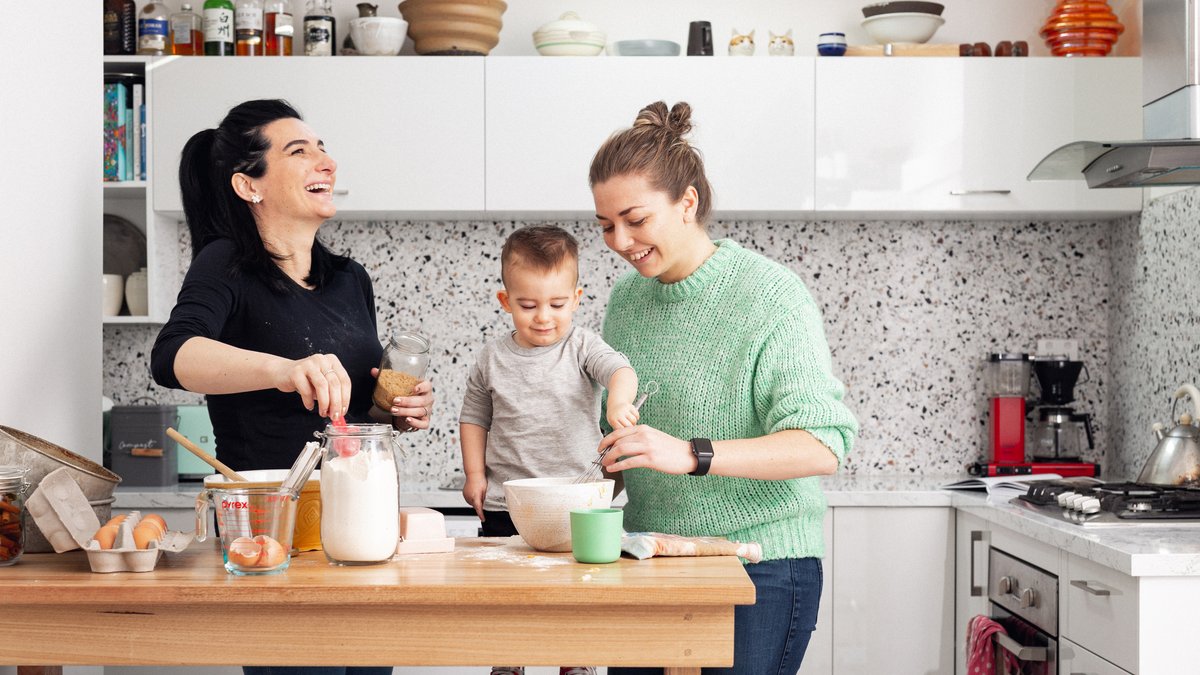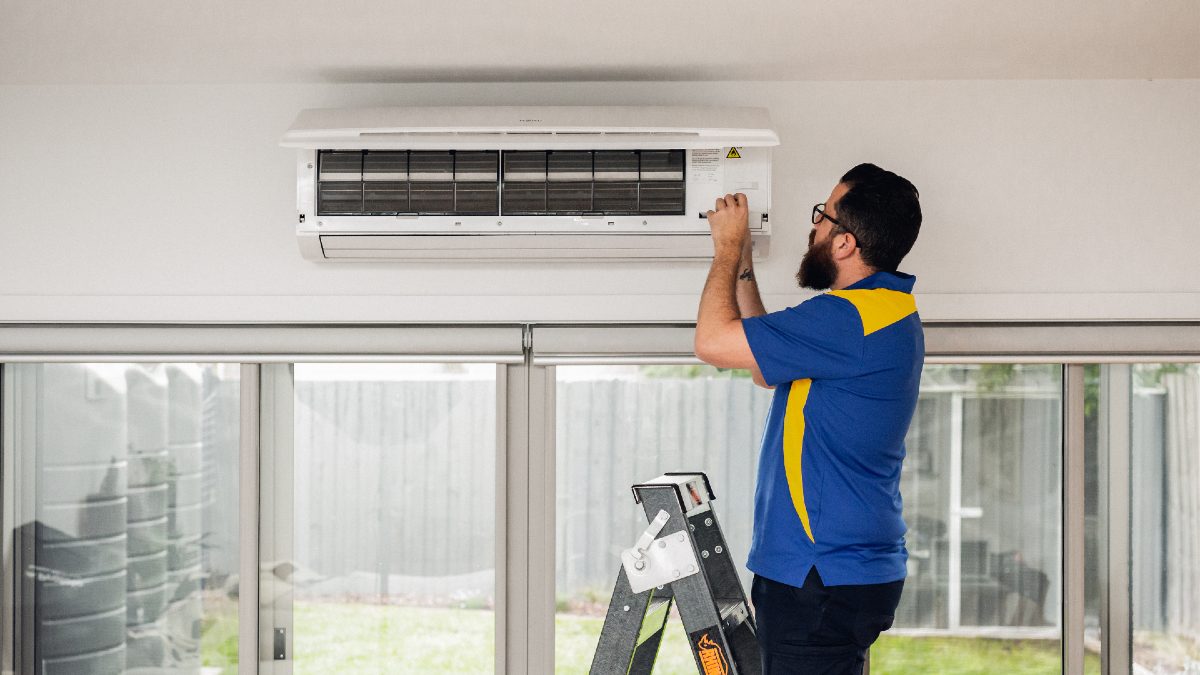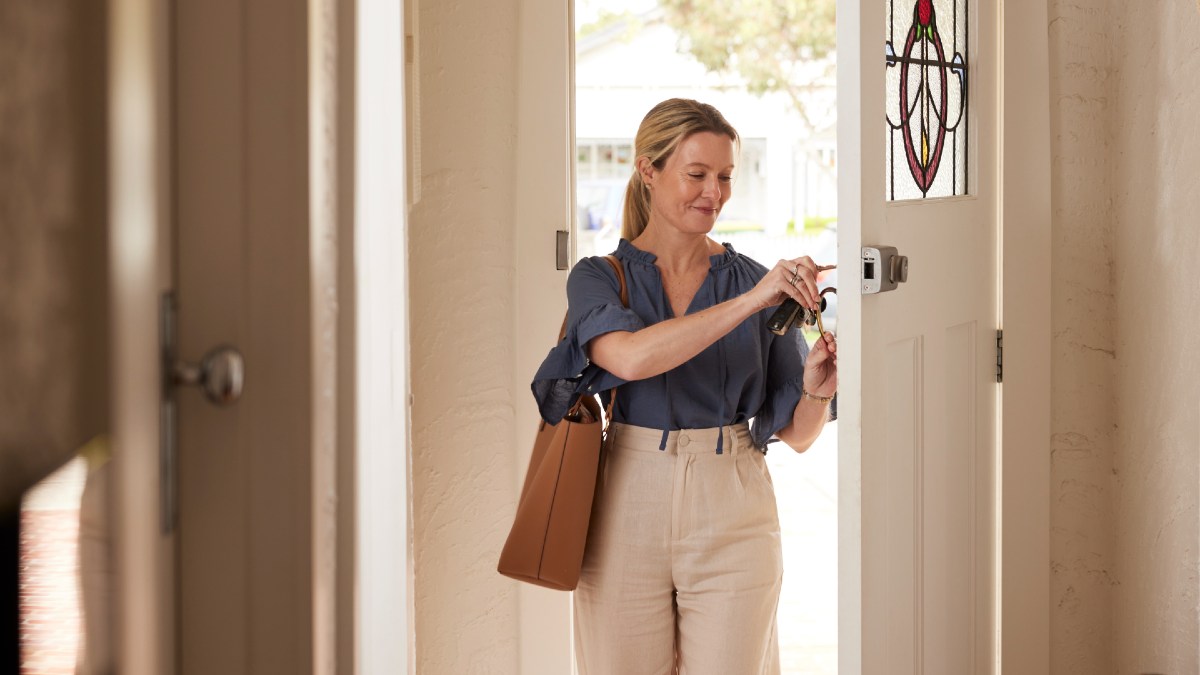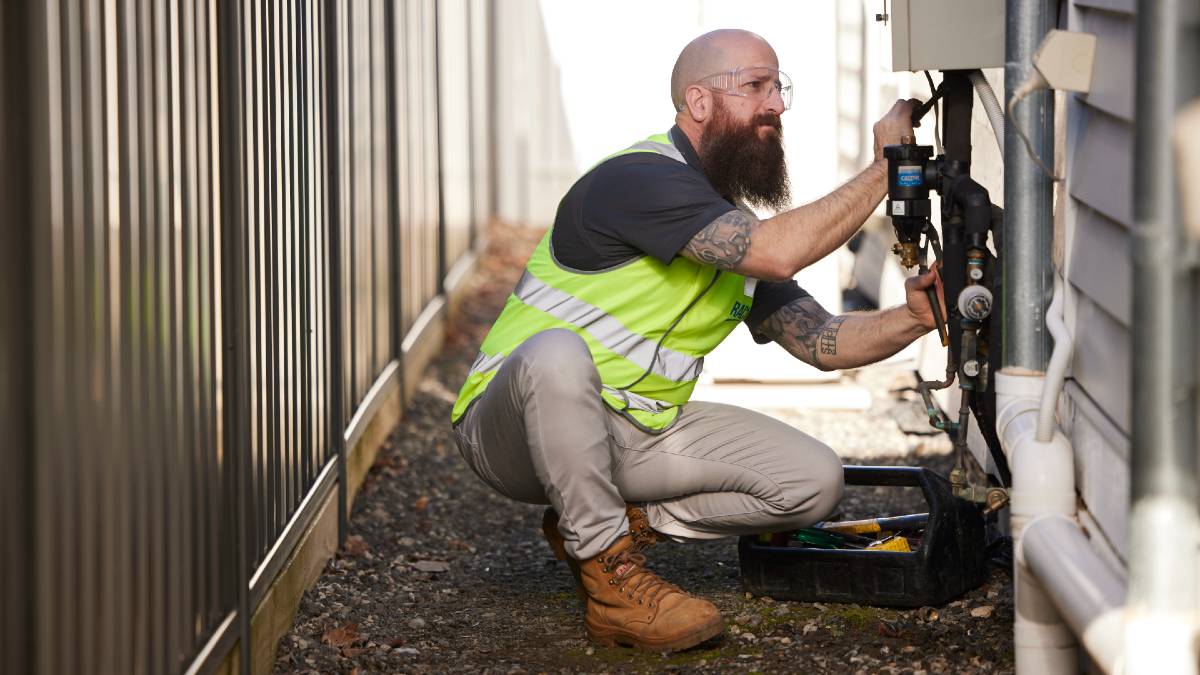In Victoria, RACV Home Insurance is a trusted and popular choice - and for good reason. Let’s take a closer look at what makes RACV stand out and why so many homeowners choose it to protect their most valuable asset.
Minimum standards for rental properties in Victoria: what landlords must know

It’s vital that rental providers ensure their rental properties meet the minimum standards. These are the rental minimum standards for properties in Victoria.
An increasing number of Australian households have become renters over the past 20 years. The latest data from the Australian Bureau of Statistics (ABS) shows that roughly one in three (31 per cent) of Australian households are renters, up from 27 per cent in 2006.
In Victoria, rental providers (also known as landlords) have a legal obligation to ensure the rental property is in good repair, fit to live in, and meets all minimum standards.
If you're a rental provider, don’t risk being penalised – learn more about the Victorian rental minimum standards below.
What are the rental minimum standards in Victoria?
Currently, rental properties in Victoria must meet the following minimum standards before or on the date that renters move in.
However, from November 2025 rental properties must meet the minimum standards from the moment they are advertised for lease.
The minimum standards are liable to change, so it’s important to stay abreast of the current legislation via Consumer Affairs Victoria.
Bathrooms
Bathrooms must have a washbasin as well as a shower or bath. There should be connection to a reasonable supply of hot and cold water and shower heads must be rated at least three stars for water efficiency.
Toilets must be in good working order and be located in a separate room within the property. This can either be its own room, or an appropriate room like a bathroom or bathroom-laundry. Toilets must be connected to an appropriate and approved sewerage system.
Kitchens
A rental property must have a kitchen with a dedicated food preparation and cooking area, a sink that connected to a reasonable supply of hot and cold water, and a stovetop in proper working order with two or more burners. In properties that include an oven, the oven must also be in good working order.
More: The difference between gas and induction cooktops
Laundries
If the rental property contains a laundry then it must feature a hot and cold water connection with reasonable water supply.

Rentals must have a kitchen with a dedicated food preparation and cooking space, sink and a stovetop with two or more burners.
Safety
Rental properties must be structurally sound and weatherproof, with renters provided with vermin-proof rubbish and recycling bins.
The property must also have a modern switchboard, circuit breakers and electrical safety switches installed. There must be adequate ventilation in all habitable rooms (this includes bathrooms, toilets and laundries).
While not covered under the minimum standards, rental providers are obliged to have a qualified electrician carry out an electrical safety check of all wiring, fittings and switchboards at least once every two years. For properties with a gas connection, a qualified gasfitter must also provide a gas safety check at least once every two years.
Heating
A fixed, energy efficient heater in good working condition must be installed in the main living space of all rental properties.
An energy efficient fixed heater includes:
- A non-ducted air conditioner or heat pump with an energy efficiency rating of two stars or higher
- A gas space heater with an energy efficiency rating of two stars or higher
- A ducted heating or hydronic heating system with an outlet in the main area
- A domestic solid fuel burning appliance, such as a fireplace.
Exceptions to the energy efficiency standard for heaters may apply to some apartments. Visit Consumer Affairs Victoria to find out more.
More: Everything you need to know about switching from gas to electricity

Rental properties are required to have an energy efficient heater, such as a reverse-cycle air conditioner, installed in the main living space.
Mould and ventilation
There must be adequate ventilation in all habitable rooms, including bathrooms, toilets and laundries. Ventilation must meet the standards set out in the Building Code of Australia.
All rooms must be free of mould or damp caused or related to the building’s structure.
Windows and doors
External entry doors must be fitted with a working deadlock. If a deadlock cannot be fitted to an external door for one of the reasons outlined on Consumer Affairs Victoria, then the door must be fitted with locks that require a key to be unlocked externally, but can be unlocked or locked internally without a key.
Any external windows that can be opened must have a working latch to prevent external entry. Any openable windows must be able to be left in both the open and closed position.
Windows installed in rooms likely to be used as either living spaces or bedrooms must have curtains or blinds that can close, block light, and provide privacy. From December 1, 2025, rental properties must also have an anchor installed to secure and tension any corded window coverings. You can order free anchor kits via the Consumer Affairs Victoria website.
More: How to baby proof your home
Lighting
Internal rooms, hallways and corridors must have enough light to make the areas functional. This includes having access to artificial lighting at nighttime.
Some exceptions may apply to the above Victorian rental minimum standards. Visit Consumer Affairs Victoria for more information.

All external entry doors in a rental must have a deadlock, with only a few exceptions to the contrary.
What should rental providers do to ensure the rental minimum standards are met?
It is mandatory for rental providers to uphold the minimum standards in all rental properties they own.
Rental providers can maintain the minimum standards at their rental property by staying abreast of the current Victorian rental minimum standards and ensuring their property meets them prior to any renter moving in. Engaging a company that specialises in safety and compliance reports (such as PropertySafe) can also assist rental providers in maintaining the minimum standards.
Staying on top of the minimum standards can also help minimise the risk of an urgent repair issue arising. Should an urgent repair be raised, it must be addressed immediately to prevent the property falling below the rental minimum standards.
Failure to meet the minimum standards in a rental property can incur penalties of more than $11,000 for an individual and over $57,000 for a company.
Do rental providers using a property manager need to know the rental minimum standards?
RACV data reveals that 81 per cent of Victorian rental providers surveyed use a property manager, citing reasons such as professional advice on their responsibilities as rental providers and assurance that the rental property is compliant with the standards.
While using a property manager can provide convenience, rental providers should be aware that ultimately the onus to maintain minimum rental standards of their rental property falls on them.

A hot water service that breaks during a rental agreement is considered an urgent repair and must be fixed immediately.
What should renters do if they don’t believe the rental minimum standards are being met?
If you have not yet signed a rental agreement
Contact the rental provider or property manager to request that the necessary changes are made so that the property meets the minimum standards prior to you signing the agreement or moving into the property.
If you have signed a rental agreement but haven’t moved into the rental property
Renters in this situation can cancel the rental agreement without incurring fees by informing the rental provider that the property does not meet minimum standards.
If cancelling isn’t an option, renters can also move in and then request urgent repairs to have the property brought into line with the minimum standards. Urgent repairs must be addressed immediately.
If you have been living in the rental property for a while
Request urgent repairs from either your rental provider or property manager. Any maintenance issues or repairs that cause a rental to fall beneath the minimum standards are classified as urgent repairs and must be attended to immediately.
You can request urgent repairs by calling the emergency phone number provided to you when signing your rental agreement. Be sure to follow up the call with a written request to your rental provider (even if the repairs have been arranged on the phone).
If you have submitted an urgent repair request but have not received a reply
Urgent repairs must be addressed immediately and options are available to renters where the rental provider fails to do so. These options can include a renter/s arranging and paying for the repairs themselves, as long as:
- the cost is under $2500
- the rental provider has been informed
- they have not given a prompt response.
The rental provider is then obliged to reimburse the renter for the cost of repairs within seven days of those repairs being completed.
Renters can also report issues directly to Consumer Affairs Victoria.
What is an urgent repair?
Urgent repairs are repairs that make a rental property unsafe or difficult to live in. They include anything that would cause a property to fall beneath the rental minimum standards.
Urgent repairs can also include:
- Burst pipes
- Blocked or broken toilets
- Serious roof leaks
- Gas leaks
- Flooding
- Serious storm damage
- Serious fire damage
- Gas, electricity or water supplies not working
- Appliances for water, hot water, cooking, heating or laundering not working
- Serious problems with stairs or lifts
- Faults or damage to the property that make it unsafe or insecure (this can include pest or mould problems)
- Broken or non-compliant safety fixtures such as smoke alarms or pool fences.
The information provided is general advice only. Before making any decisions please consider your own circumstances and the Product Disclosure Statement and Target Market Determinations. For copies, visit racv.com.au. As distributor, RACV Insurance Services Pty Ltd AFS Licence No. 230039 receives commission for each policy sold or renewed. Product issued by Insurance Manufacturers of Australia Pty Ltd ABN 93 004 208 084 AFS Licence No. 227678.


